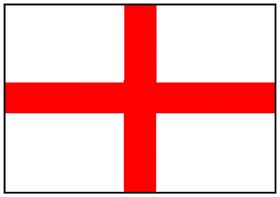THE ENGLISH TO CANADA WEB-SITE
www.englishtocanada.com
The website for people whose ancestors came from England and settled in Canada.
Nova Scotia
THE ENGLISH IN NOVA SCOTIA

A settler's cabin located between Halifax and
Windsor, as seen from a train in June, 1867.
Following Britain’s defeat in 1783 in the American War of Independence Nova Scotia acquired thousands of Loyalists from the United States who had English ancestry. And just over twenty years before this, following the expulsion of the Acadians, several thousand New Englanders (Planters) had been assisted by the British government to settle in the Annapolis valley region. Like the Loyalists, the Planters were of English descent. The British government brought in these Loyalists and Planters to bolster its defense capability, fearing that the region would be vulnerable to attack by France.
The descendants of both the Loyalists and Planters continued to hold on to their English identity, despite it being a distant memory, thus strengthening the English component of the population, particularly on the west side of the province.
Between 1772 and 1775 Nova Scotia also attracted a large number of Yorkshire immigrants directly from England. They established many communities in Cumberland County, and by 1881 it was the only county in the province to have English immigrants and their descendants as the dominant ethnic group.
Nova Scotia experienced a steady influx from England beginning in 1817. The severe economic depression that followed the ending of the Napoleonic Wars in 1815 had been a key factor in the decision to emigrate but, because of gaps in the shipping and customs records, it is impossible to state precisely how many English people actually came to Nova Scotia. People arrived from many parts of England, normally in small groups. They assimilated themselves into mixed communities but few left documents behind, so little is known about them.
The province's coal mines and industrial sector attracted many of the English who came after the mid 1820s. They mainly settled on the east side of the mainland and in Cape Breton. The majority arrived from the port of Liverpool suggesting that they had lived in the north of England.
For further details see chapter four in Planters, Paupers and Pioneers, Lucille's book about Atlantic Canada.
© 2020 Lucille and Geoff Campey.

